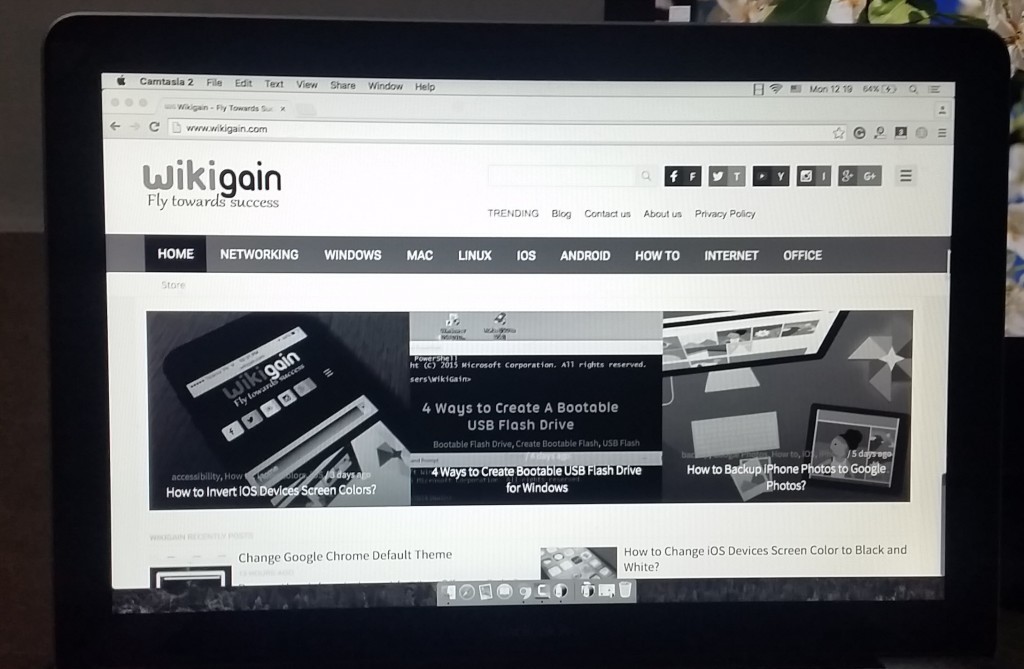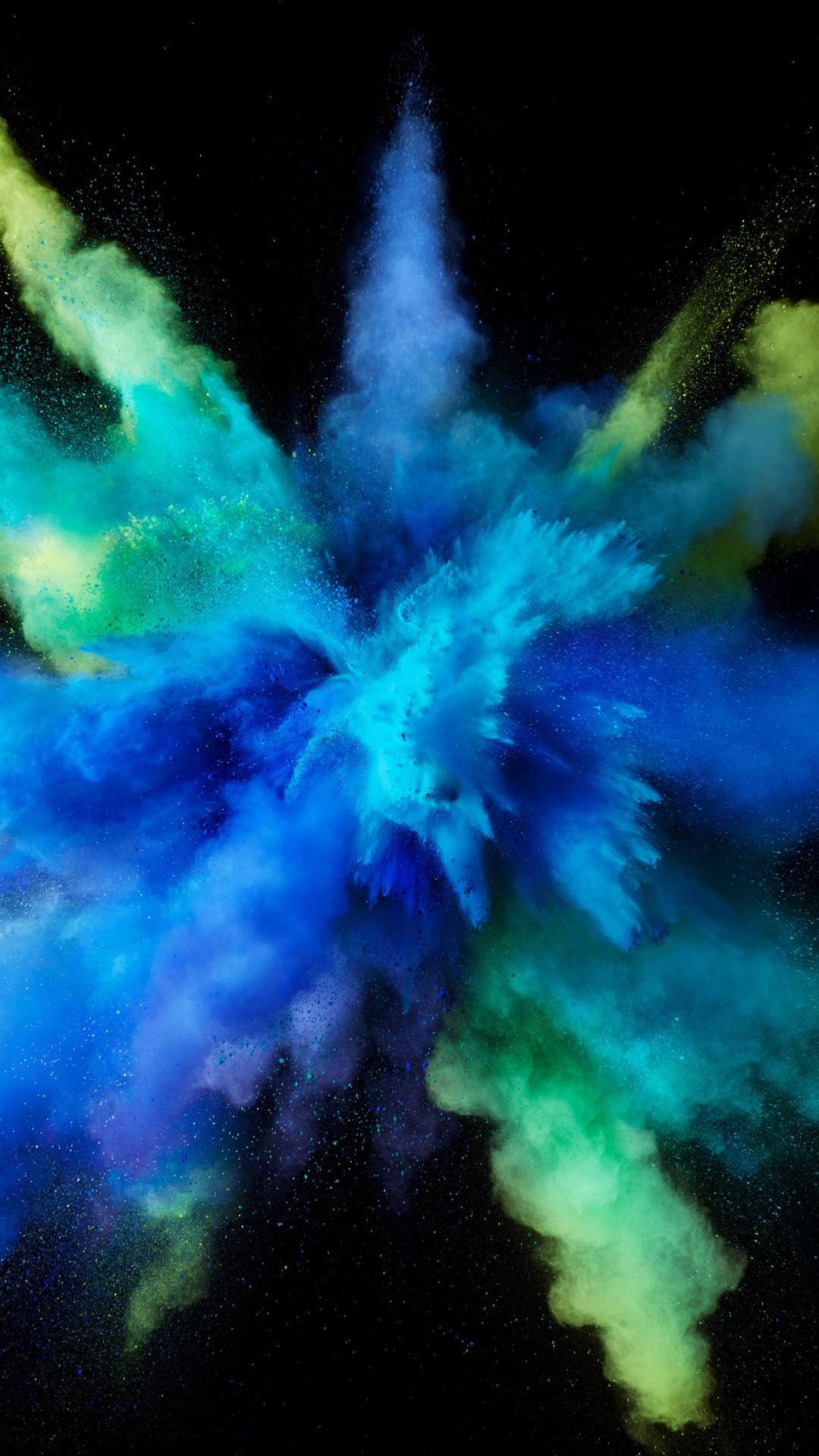Software Description: Search Active Devices Protocol software is user-friendly and installation-free online device search tool for Mac OS. It searches online devices within your subnet and displays the information of the devices. Using the software, you can also modify the basic network information including IP address, subnet mask, gateway, etc. Attention: Supprt Mac OS 10.10 and above. Color Finale is a professional image editor for Mac computers. Main features: - Apply industry standard Look Up Tables like OSIRIS and ImpulZ to accurately emulate the look of 35mm film. Powerful vector based grading to apply quick and accurate secondaries.

A Macintosh Colour Classic, running an Italian version of System 7 | |
| Developer | Apple Computer, Inc. |
|---|---|
| Product family | Compact, Performa |
| Release date | February 10, 1993; 27 years ago |
| Introductory price | US$1,400 (equivalent to $2,478 in 2019) |
| Discontinued | May 16, 1995[1] (CC II) November 1, 1995 (Performa 275) |
| Operating system | System 7.1–Mac OS 7.6.1;With an upgrade of the original motherboard to a Macintosh LC 575logicboard – Mac OS 8.1 |
| CPU | Motorola 68030 @ 16 or 33 MHz |
| Memory | 4 MB onboard, upgradable to 10 MB; With logicboardupgrade: 64 MB, unofficially supports 128 MB of RAM (100 ns (max) 30-pin SIMM) |
| Dimensions | Height: 37 centimetres (15 in) Width: 25.2 centimetres (9.9 in) Depth: 32.15 centimetres (12.66 in) |
| Mass | 10.2 kilograms (22 lb) |
| Successor | Macintosh LC 500 series Power Macintosh 5200 LC |
The Macintosh Color Classic (sold as the Macintosh Colour Classic in PAL regions and 'Macintosh Color Deluxe' in Japan) is a personal computer designed, manufactured and sold by Apple Computer, Inc. from February 1993 to May 1995 (up to January 1998 in PAL markets). It has a 'all-in-one PC' design, with a small, integrated 10″ SonyTrinitron display (supporting up to thousands of colors with a video memory upgrade) at 512 × 384 pixel resolution.
The Color Classic is the final model of the original 'compact' family of Macintosh computers, and was replaced by the larger-display Macintosh LC 500 series and Power Macintosh 5200 LC. It has been renamed to Macintosh Colour Classic in Europe, Australia & New Zealand and Macintosh Color Deluxe in Asia.
Skala Color is a compact and feature-rich OS X color picker that works with a huge variety of formats, covering everything you're likely to need for web, iOS, Android, and OS X development - Hex, CSS RGBA, CSS HSLA, UIColor, NSColor and more. Explore the world of Mac. Check out MacBook Pro, iMac Pro, MacBook Air, iMac, and more. Visit the Apple site to learn, buy, and get support. If you're an amateur photographer, if you like to watch videos on your Mac, or even if you're a gamer, you should consider calibrating your display. You can use OS X's built-in calibration tools.
Hardware[edit]
The Color Classic has a Motorola 68030 CPU running at 16 MHz and has a logic board similar to the Macintosh LC II.[2]

Like the Macintosh SE and SE/30 before it, the Color Classic has a single expansion slot: an LC-type Processor Direct Slot (PDS), incompatible with the SE slots. This was primarily intended for the Apple IIe Card (the primary reason for the Color Classic's switchable 560 × 384 display, essentially quadruple the IIe's 280 × 192 High-Resolution graphics), which was offered with education models of the LCs. The card allowed the LCs to emulate an Apple IIe. The combination of the low-cost color Macintosh and Apple IIe compatibility was intended to encourage the education market's transition from Apple II models to Macintoshes. Other cards, such as CPU accelerators, Ethernet and video cards were also made available for the Color Classic's Processor Direct Slot.
The Color Classic shipped with the Apple Keyboard known as an Apple Keyboard II (M0487) which featured a soft power switch on the keyboard itself. The mouse supplied was the Apple Mouse known as the Apple Desktop Bus Mouse II (M2706).
A slightly updated model, the Color Classic II, featuring the Macintosh LC 550logicboard with a 33 MHz processor, was released in Japan, Canada and some international markets in 1993, sometimes as the Performa 275. Both versions of the Color Classic have 256 KB of onboard VRAM, expandable to 512 KB by plugging a 256 KB VRAM SIMM into the onboard 68-pin VRAM slot.[3]
The name 'Color Classic' was not printed directly on the front panel, but on a separate plastic insert. This enabled the alternative spelling 'Colour Classic' and 'Colour Classic II' to be used in appropriate markets.
Upgrades[edit]
Some Color Classic users upgraded their machines with motherboards from Performa/LC 575 units ('Mystic' upgrade),[4] while others have put entire Performa/LC/Quadra 630 or successor innards into them ('Takky' upgrade).[5] Based on Takky there is a way to upgrade the Color Classic with a G3 CPU.[6] Another common modification to this unit was to change the display to allow 640 × 480 resolution,[7] which was a common requirement for many programs (especially games) to run.
Color Picker Mac Os X
Models[edit]
Introduced February 1, 1993 (Japan only): Macintosh Performa 250, Deluxe III
- Macintosh Performa 250[8]
Introduced February 10, 1993 (Japan, Asia, Americas) / March 16, 1994 (PAL regions): Macintosh Color & Colour Classic, Deluxe IV


Color For Microsoft Rose Gold
- Macintosh Color Classic[9]
Introduced October 1, 1993 (South Korea) / September 9, 1994 (Japan): Macintosh Performa 275, Color Deluxe
- Macintosh Performa 275[10]
Introduced October 21, 1993 (Japan, Asia, Canada)[11] / December 3, 1994 (PAL regions) (: Macintosh Color & Colour Classic II, Color Deluxe CD
- Macintosh Color Classic II[12]
Best Color Printer For Mac Os
Timeline of compact Macintosh models
References[edit]
Create Folders With Color For Mac Os Sierra
- ^Paul Kunkel (August 24, 2000). 'A Long-Discontinued Macintosh Still Thrills Collectors to the Core - New York Times'. The New York Times.
- ^'Mac Color Classic'. Low End Mac.
- ^'Macintosh Color Classic II / Performa 275'(PDF). Apple Service Source.
- ^''Mystic' Upgrade Questions'.
- ^''Takky' Upgrade Questions'.
- ^''G3' CPU Upgrade'.
- ^''640x480' Screen Resolution Upgrade'.
- ^'Macintosh Performa 250:Technical Specifications'. Apple.
- ^'Macintosh Color Classic: Technical Specifications'. Apple.
- ^'Macintosh Performa 275:Technical Specifications'. Apple.
- ^http://lowendmac.com/compact/macintosh-color-classic-ii.html
- ^'Macintosh Color Classic II: Technical Specifications'. Apple.
External links[edit]
| Wikimedia Commons has media related to Macintosh Color Classic. |
romanovp3tr
New member
As i know the basic color profile on my Late 2013 iMac's display on macOS is a lil bit different in comparison with the basic Windows' sRGB IEC61966-2.1.
I copied my default macOS' *.icc to dropbox and now i simply can`t figure out how to apply this profile on Windows correctly.
So the question is how to apply macOS' default *.icc profile on Windows correctly to see the exact same colors as i see while using macOS?
macOS 10.13.3
Win 10 Pro
